There’s something about the master bedroom that carries a quiet kind of importance. It’s not just another room — it’s where you retreat at the end of the day, where the chaos stops and the calm begins. And yet, for some reason, it’s often the last space people decorate. Maybe because it’s “private,” or maybe because it feels intimidating to get it just right.
But here’s the thing — your bedroom doesn’t need to look like it’s straight from a magazine to feel special. It just needs a few thoughtful touches that make it feel more you. Whether you lean modern, rustic, or minimalist, these master bedroom decor ideas can help you strike that balance between cozy comfort and quiet sophistication.
Let’s jump right in.
1. Layer Textures Like You Mean It
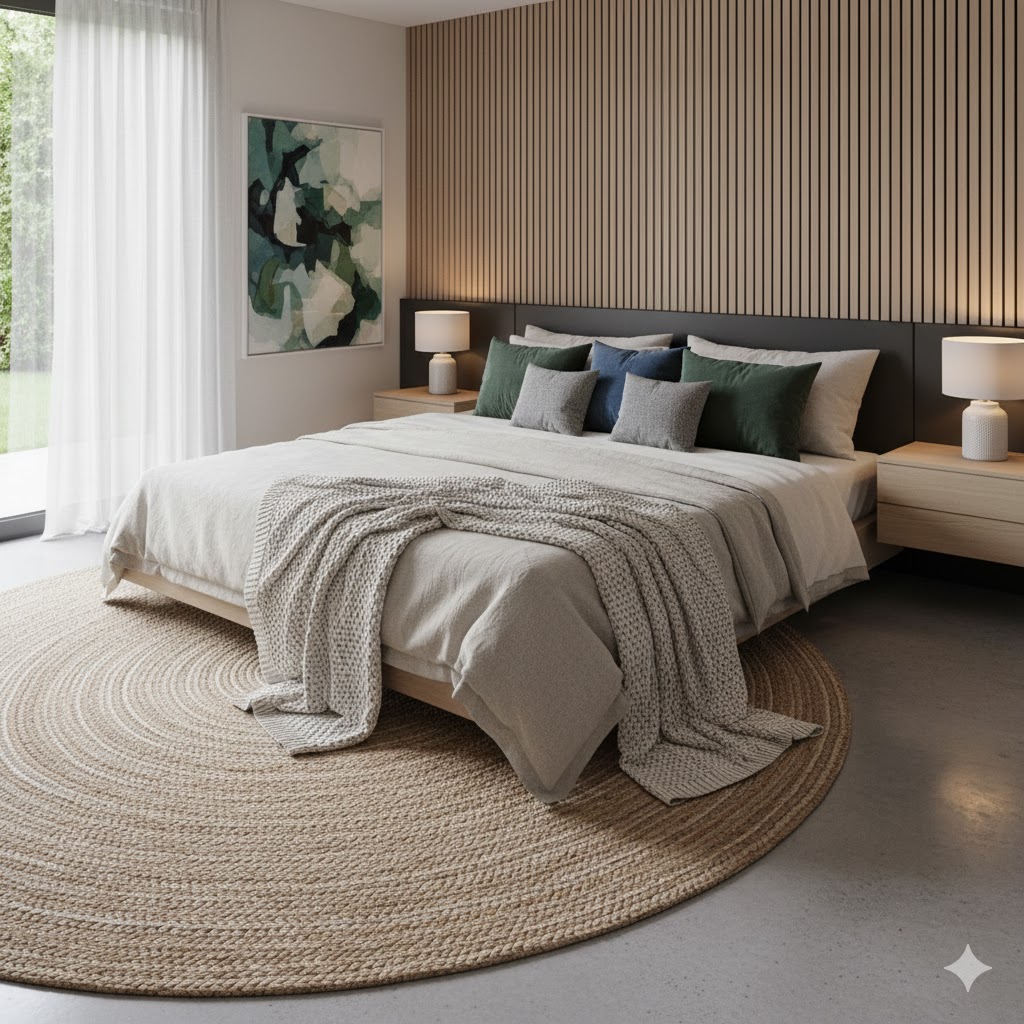
If there’s one trick interior designers love, it’s layering textures. It’s what keeps a bedroom from feeling flat or sterile. Think of a crisp cotton duvet mixed with a wool throw, velvet cushions, maybe even a woven wall hanging for warmth. You don’t need to overthink it — just mix a few contrasting materials and watch the room come alive.
A little texture mixing can also hide imperfections. For example, if your wall paint feels too stark, a woven tapestry or linen curtains can tone it down. Or if your furniture leans too sleek and modern, a soft rug or knitted pouf can balance the vibe.
It’s all about that quiet visual rhythm — soft against structured, matte beside glossy, smooth next to rough.
2. Embrace Earthy, Grounding Tones

Color sets the mood more than anything else. And lately, earthy tones have taken over for a reason — they’re timeless, calming, and feel instantly lived-in. Think clay, taupe, sand, muted olive, or that soft “greige” everyone seems to love.
These hues are forgiving, too. They make morning light glow and soften artificial light at night. Add depth by layering shades — say, beige walls, walnut furniture, and terracotta cushions. If you’re feeling bold, a deep brown or rust accent wall can anchor the room beautifully without feeling heavy.
What’s nice about earthy colors is that they age well. They’re not trendy; they just feel natural, like they belong.
3. Mix Old and New Pieces
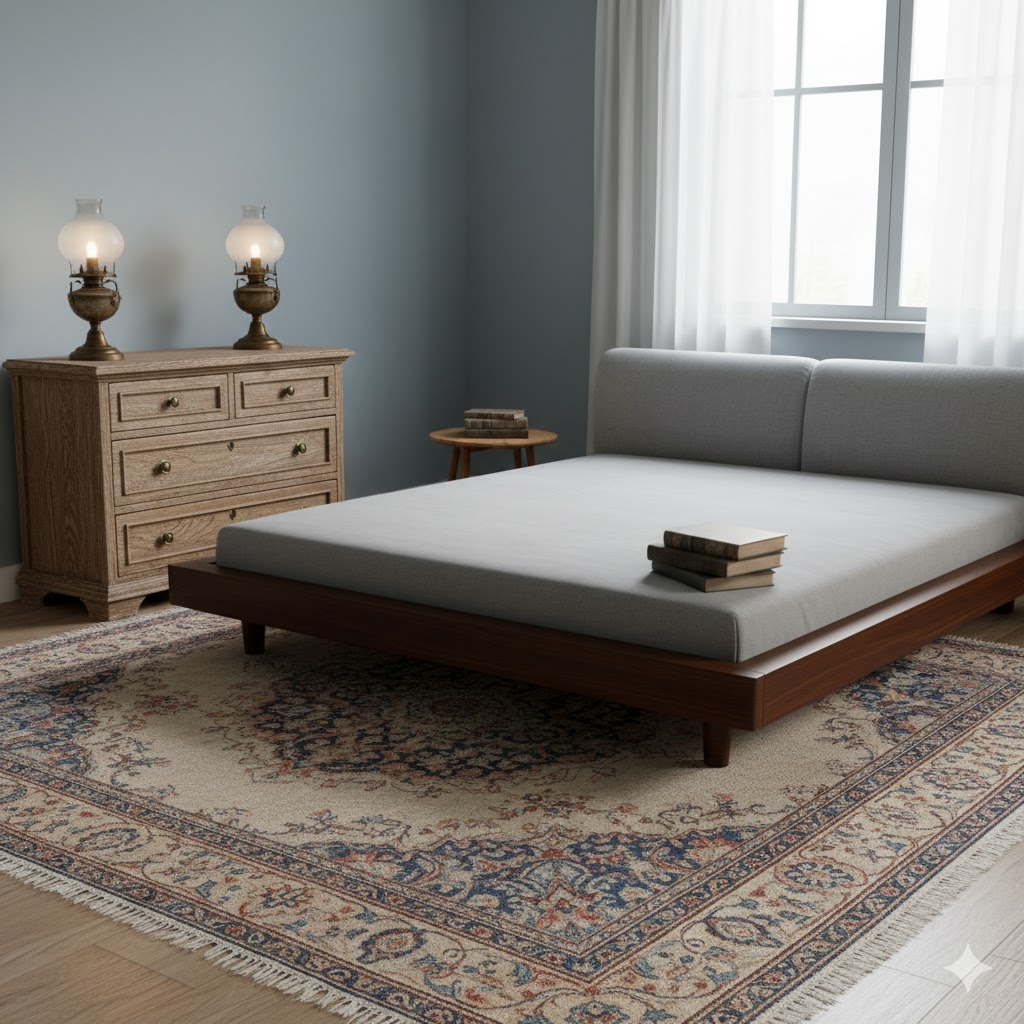
Modern bedrooms can start to look too curated — too “catalog,” if you know what I mean. The trick is to throw in something that feels a little unexpected, a little imperfect. Maybe an old trunk at the foot of the bed, a vintage mirror, or a nightstand you thrifted and refinished.
That subtle mix of eras makes a bedroom feel like it has a story. It also keeps it from looking like you just ordered everything online last week (even if you did).
I personally love a clean-lined bed frame with a vintage rug underneath — it grounds the space and gives it personality without shouting.
4. Add Warm Lighting (and Skip the Harsh Overhead)
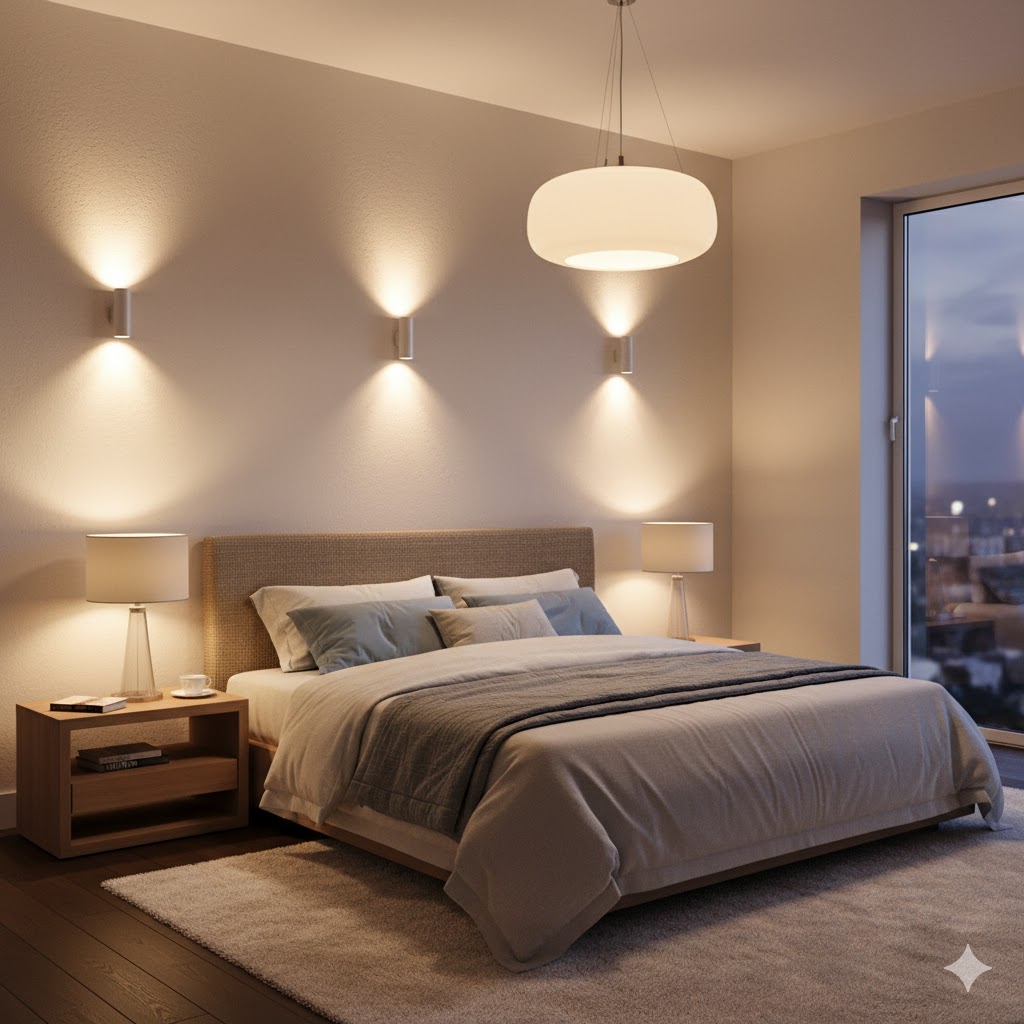
Lighting can make or break the whole atmosphere. Bright white bulbs might be great for the kitchen, but in the bedroom? They kill the mood faster than anything.
Try layering your lighting instead. Add soft bedside lamps for reading, wall sconces for style, and maybe a pendant or two for dimension. Warm-toned bulbs (2700K range) create that amber glow that feels instantly relaxing.
And if you can, add a dimmer switch. There’s something satisfying about winding down with the lights low — it signals to your brain that it’s time to rest.
5. Keep It Simple — But Thoughtful

There’s elegance in restraint. That doesn’t mean empty walls and cold minimalism, but rather, being intentional with what you bring in. Instead of crowding your surfaces, let one or two pieces shine — maybe a ceramic vase on your dresser or a single oversized artwork behind your bed.
A simple bedroom is easier to clean, easier to enjoy, and somehow… more peaceful. You notice the way the morning light hits the curtains or how the rug feels under your feet.
It’s not about having less — it’s about having what matters.
6. Bring in Natural Elements
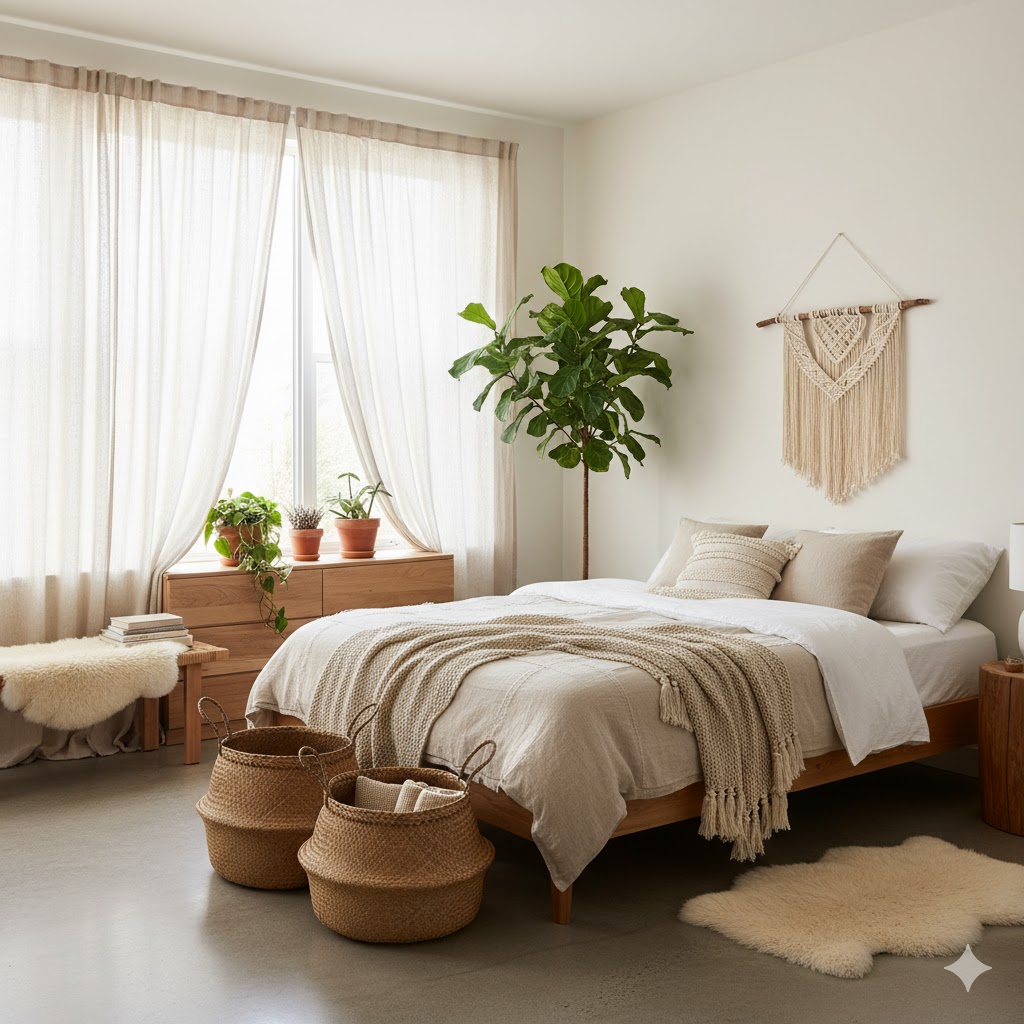
Even the most modern bedrooms need a touch of nature. Plants are an obvious choice — a fiddle leaf fig or snake plant adds color and life without much effort. But there are other ways to bring the outdoors in, too: wooden furniture, woven baskets, linen drapes, stone lamps, or even rattan accents.
Natural materials soften a space in a way that synthetic ones can’t. They add that tactile warmth that says, “someone actually lives here.”
And honestly, a few plants can do wonders for your mood. There’s something grounding about seeing green every morning when you wake up.
7. Play with Statement Bedding

Bedding is the easiest way to reinvent your bedroom without redoing everything. Think patterned duvet covers, linen sheets in unexpected hues (try olive or slate blue), or even a mix of plain and textured fabrics.
One little trick I love: layer a quilt or coverlet on top of your duvet — it adds instant depth. Toss in a few mismatched pillows (within reason) and suddenly, it looks styled, not sloppy.
Your bed is the focal point — make it something you actually want to sink into.
8. Personalize the Walls
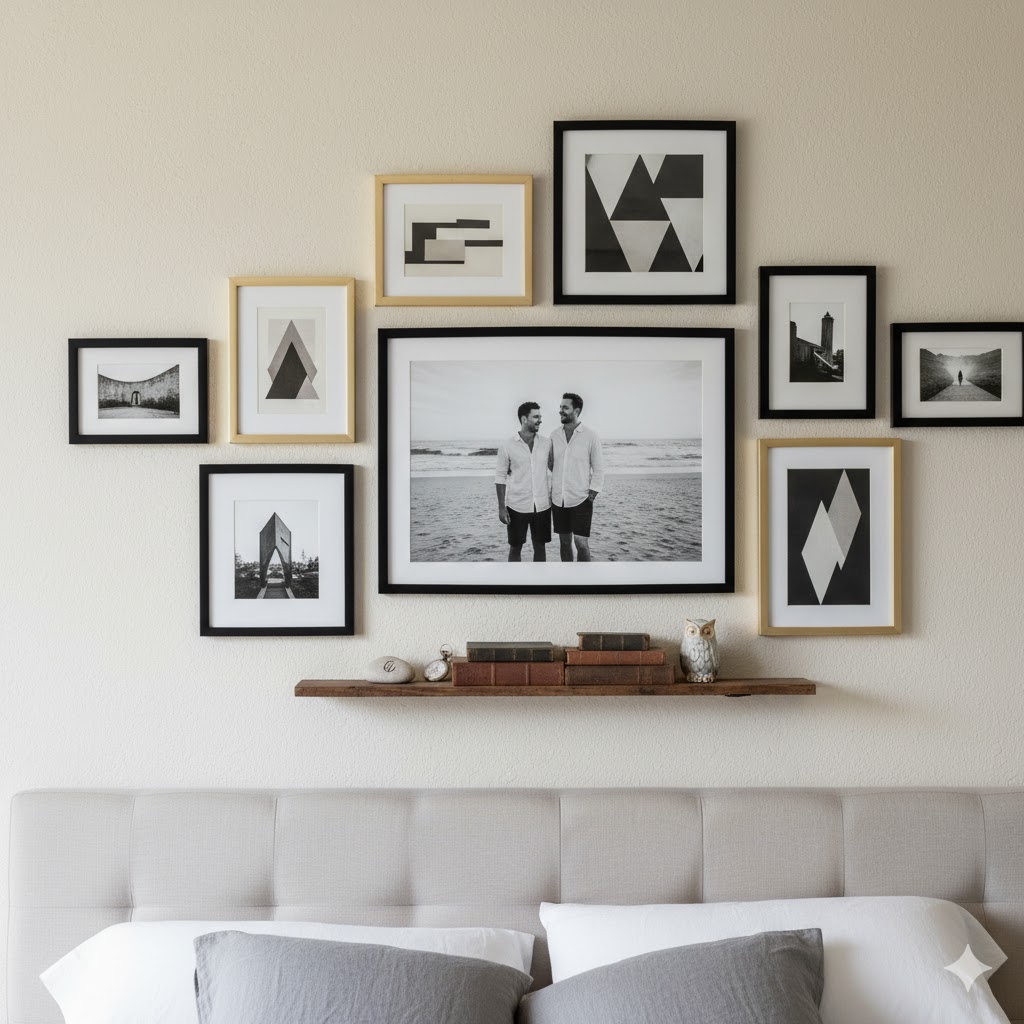
Walls are often an afterthought, but they’re what tie everything together. You don’t have to go full gallery wall — even a single oversized piece can make a big impact.
Consider framed prints, art canvases, or even your own photography. Mix textures too — canvas next to metal, or wood frames beside ceramic wall decor.
What matters most is that it feels yours. A few personal photos or collected artworks can make even a brand-new space feel familiar.
9. Create a Mini Retreat Corner
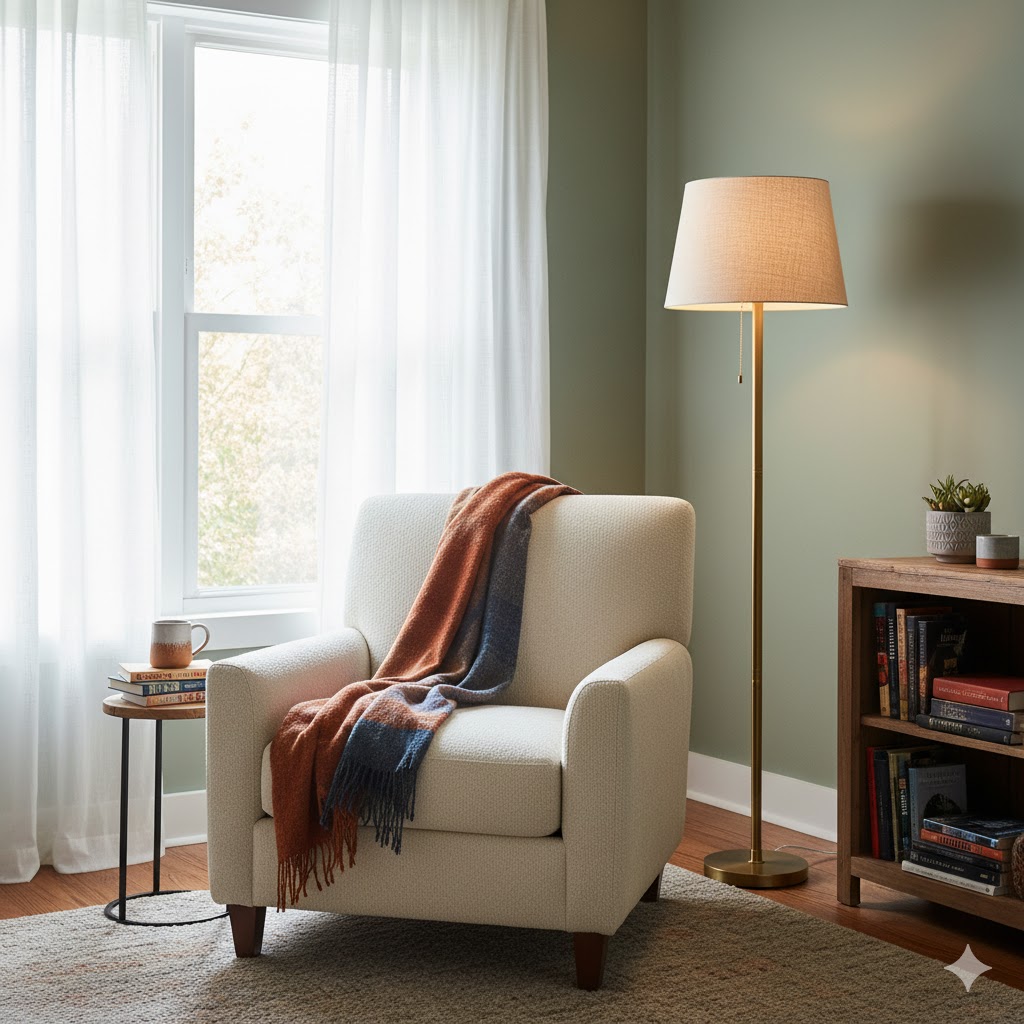
If you have a little extra space, carve out a corner just for you. A comfy chair, a small side table, and maybe a reading lamp — that’s all it takes.
It’s not about luxury; it’s about having somewhere that feels like your own tiny retreat. Maybe you read there in the morning with coffee, or just scroll through your phone before bed.
The goal is to create a moment of stillness — a pause between all the day’s noise.
Conclusion
Decorating your master bedroom isn’t about following rules or trends — it’s about building a space that helps you breathe a little easier.
It’s that subtle scent of linen sheets, the glow of a bedside lamp, the creak of old wood beneath your feet. It’s comfort, layered with intention.
You don’t need to buy everything new or match every shade perfectly. In fact, the most beautiful bedrooms often come together slowly — piece by piece, with a few imperfections that make them real.
So start small. Rearrange the furniture, add a plant, switch your lampshades. Bit by bit, your room will start to feel more like you.
And that, really, is what makes it beautiful.